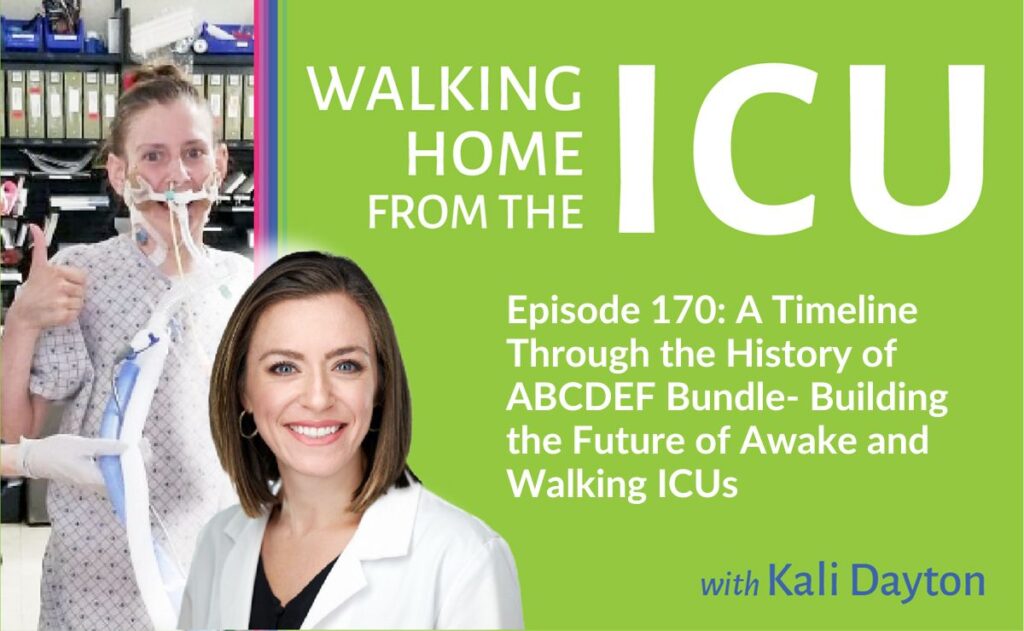
It has been claimed that ICU early mobility is a “new and temporary fad”. Is walking intubated patients really that new? Let’s start in 1970 and work our way through decades of research that continues to reaffirm that true mastery of the ABCDEF bundle gives patients the best chance to survive and thrive in and

